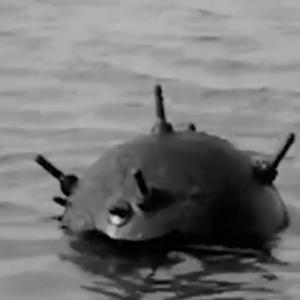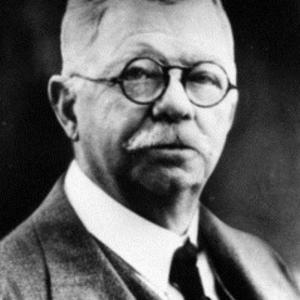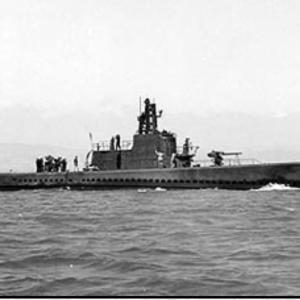
Canadian Corp
The Canadian Corps was the principal Canadian military formation on the Western Front during the First World War, created in September 1915 from the existing Canadian Expeditionary Force contingents already fighting in France and Belgium. It drew its manpower from across the Dominion and initially comprised four infantry divisions, each numbering roughly 18,000 men, supported by artillery, engineers, medical, signals and logistics units. At its peak the Corps numbered over 100,000 soldiers under arms. Its early commanders were Lieutenant-General Sir Edwin Alderson, then briefly Sir Julian Byng, but it came into its own under the leadership of a Canadian, Lieutenant-General Sir Arthur Currie, who took command in June 1917 and proved one of the most effective corps commanders of the entire Allied war effort. Currie insisted on thorough preparation and intelligence gathering before all operations, with meticulous rehearsals, coordinated artillery and infantry planning and a refusal to accept wasteful linear attacks.
The Corps first gained major recognition at the Second Battle of Ypres in April 1915, even before it was formally organised as a corps. It endured the first large-scale German chlorine gas attack in history and, despite heavy casualties, held the line at Gravenstafel Ridge and St Julien. At the Somme in 1916, the Corps attacked at Courcelette and advanced successfully using new tactics with creeping barrages. But its defining moment came in April 1917 at Vimy Ridge, a heavily fortified position northern France that the French and British had repeatedly failed to take. The Canadians captured the ridge in four days in a meticulously planned operation that became a defining moment in Canadian national consciousness. They followed this success with victories at Hill 70 near Lens in August 1917, inflicting severe losses on German counter-attacks. In November 1917 they were committed to the Battle of Passchendaele, capturing the ruined village in atrocious conditions at heavy cost but achieving the only clear success of the wider British effort there.
In the Hundred Days Offensive of 1918, the Canadian Corps was used as a shock force to spearhead attacks in the final Allied advance. It broke through at Amiens in August, advanced rapidly at Arras, took the Drocourt–Quéant Line, crossed the Canal du Nord in a brilliantly executed assault in late September and liberated Cambrai in October. These actions helped drive the German army to collapse. The Canadians were regarded by both friend and foe as elite assault troops. They suffered over 60,000 dead and 170,000 wounded over the course of the war, a significant portion of the young male population of Canada at the time. Their courage and achievements earned them widespread honours: four Canadians received the Victoria Cross at Vimy alone, and many more in subsequent battles. The Corps as a whole was praised by Allied commanders, and its success contributed directly to Canada’s emergence from the war with an enhanced sense of national identity and autonomy from Britain.
After the Armistice of 11 November 1918, the Canadian Corps participated in the occupation of parts of Germany before returning home. It was gradually demobilised through 1919 as soldiers returned to civilian life. The regiments of the Corps were not dissolved as mere wartime formations; instead, many were maintained or perpetuated in the post-war Canadian Militia, later evolving into Canada’s modern army regiments. The experience and reputation of the Corps laid the foundation for Canada’s independent military contributions in the Second World War and beyond. Its commanders, methods and spirit left a lasting legacy both in military doctrine and in the national memory of Canada’s role in the Great War.










